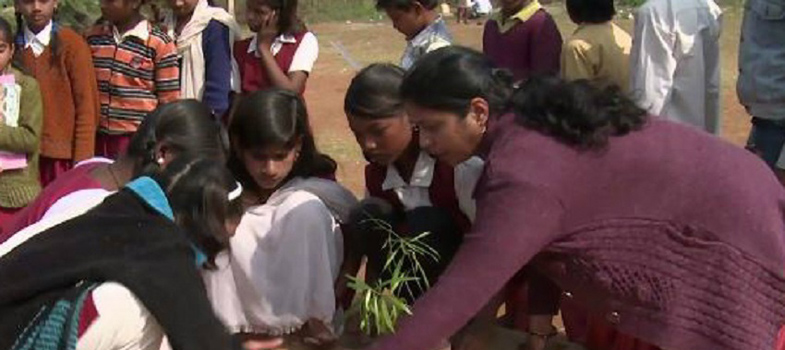1 Learning through active participation
The notion of ‘active learning’ challenges the idea that learners will simply absorb knowledge transmitted by the teachers. The experience of active learning may be unfamiliar to many teachers.
Reflection point
Think about something that you have learned recently. How did you learn it? Have you ever learned anything through active learning? What did it feel like?
Learning through active participation will always involve learners being cognitively active – engaging their minds in their learning. It might also involve an actual physical action (such as making a poster, building a model or doing an experiment), but will always involve cognitive action. Just reading or listening to a lecture is insufficient; understanding is actively constructed by the learner through thinking about the new material, processing information and making connections with previous learning or established ideas.
If you are interested, you can read more about different ideas of learning in Section 5 of Creating open educational resources, an OER course from The Open University:
- ‘Introduction’ [Tip: hold Ctrl and click a link to open it in a new tab. (Hide tip)]
- ‘How do people learn?’
- ‘Behaviorism, Piagetianism and social constructivism’
Activity 2.1: Recognising active participation in learning
- Look at these photographs taken in Indian classrooms. Focus on what the students and teachers are doing.
 (a) |  (b) |  (c) |
 (d) |  (e) |  (f) |
 (g) |  (h) |  (i) |
Figure 2
- For each photograph list the evidence that the students are actively engaged in their learning. Students will be motivated if the activities are meaningful to them and if they are able to connect them to their own experiences and things that are of value to them.
- Now listen to Dr Sandhya Paranjpe from TESS-India talk about what she notices in the photographs of Indian classrooms. How do her ideas compare with yours?
Introduction
